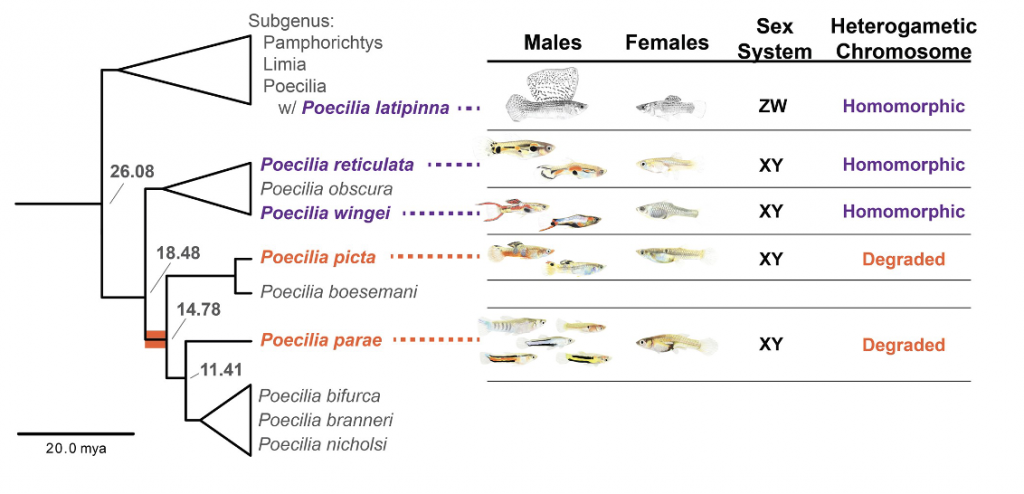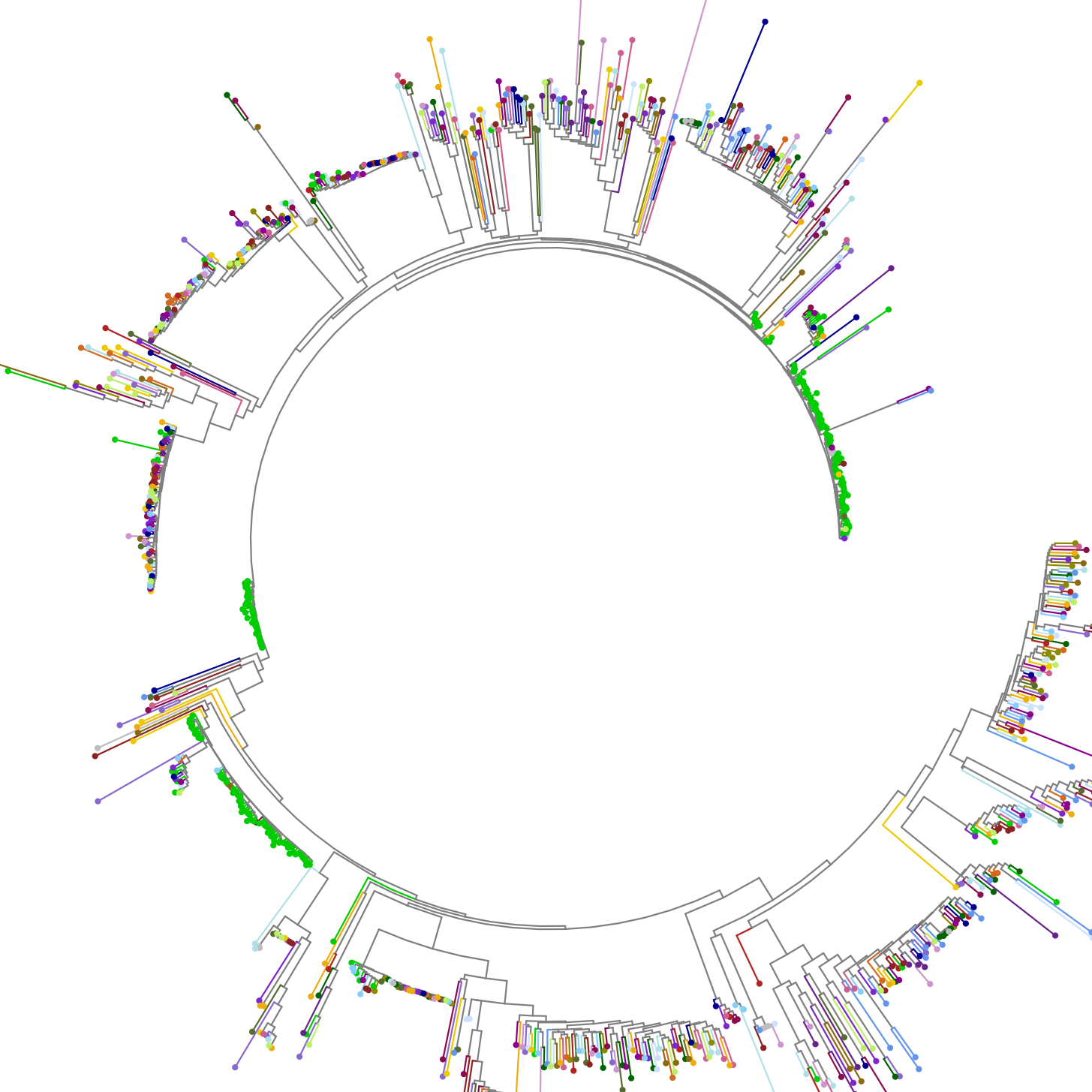Projects
Thermal tolerance in chinook salmon
Chinook salmon (Oncorhynchus tshawytscha) populations in British Columbia have been experiencing steep declines associated with climate induced changes to the environment and there is a clear need to integrate climate change predictions into management of Chinook salmon. Understanding the mechanisms underlying thermal tolerance provides valuable insight into the adaptability and vulnerability of these iconic salmon populations in the face of warming waters. By integrating and comparing genomic, transcriptomic and epigenomic data between individuals with the highest and lowest thermal tolerance, this project aims to understand how these processes contribute to temperature resilience in Chinook salmon. Taken together, the results from this study provide valuable insight into the genetic basis of thermal tolerance in Chinook salmon which is crucial for predicting and mitigating the impacts of climate change on these ecologically, economically, and culturally important species.
Poecilia picta genome sequencing
P. picta, affectionately known as the mud guppy, is a small tropical fish native to the northern end of South America. P. picta cohabitate fresh and brackish waters with their closely related sister species Poecilia reticulata, Poecilia parae, and Poecilia bifurca. A former postdoc in the Mank lab, Iulia Darolti, recently discovered that these closely related fishes exhibit a remarkable diversity in divergence in their XY chromosomes and observed the first known example of complete sex chromosome dosage compensation in fishes in P. picta. To facilitate our understanding of the genomic and epigenomic mechanisms of dosage compensation in P. picta, I’ve collaborate with Dovetail Genomes to sequence and annotate the P. picta genome using a combination of PacBio long-read sequencing and HiC proximity ligation sequencing. We’ve successfully completed a high quality assembly and annotation of the P. picta genome assembly and are currently studying the genomic and epigenomic architecture of the sex chromosome in this species!

Rapid Evolution of Complete Dosage Compensation
In species with XY sex chromosomes, females (XX) have twice as many X-linked genes as males (XY) and this makes expression of X-linked genes unbalanced. Theory predicts that dosage compensation mechanisms should evolve rapidly as X and Y chromosomes diverge, but examples of complete dosage compensation in recently diverged sex chromosomes are scarce, making this theory difficult to test. Using the recent diversification of XY chromosomes in Poecilia as a model system, my research tests longstanding theoretical predictions of sex chromosome evolution.

Complete Dosage Compensation in P. picta
The goal of this project is to discover the mechanism of dosage compensation in P. picta and how it evolved. I discovered a recent expansion of transposable elements on the X chromosome consistent with the timing of when the Y chromosome diverged from the X. Using whole genome bisulfite sequencing and RNAseq data, I’ve identified a putative DNA binding motif for the YY1 transcription factor that is overrepresented on the X and located within repetitive elements from the expansion. Male specific hypomethylation of these motifs on the X suggest an active regulatory role of the epigenomic landscape in establishing dosage compensation. Complete dosage compensation mechanisms are rare, and fishes lack the genes involved in dosage compensation in other systems. These findings provide the groundwork for uncovering a novel gene regulatory mechanisms.

The X chromosome is highlighted in green.